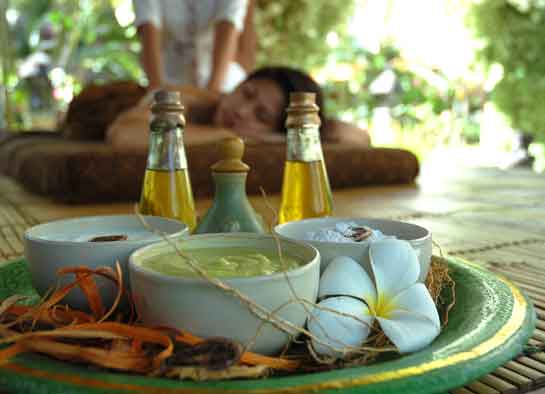Singapore is clean, modern and sleek, however, if you scratch a little deeper than the initial impression one gets when visiting Singapore, you will discover an interesting melting pot of several cultures.
As a result, Singapore, albeit small, offers a diverse selection of cultural heritages, world-renowned cuisines, shopping alternatives and entertainment options.
The population of Singapore is composed of three major groups, the Chinese comprising a majority of the population, the Malays taking up the second highest population, followed by the Indians as the third largest group. The influences of these three diverse groups are much apparent in their respective communities within the island-state of Singapore.
Chinatown
Chinatown showcases the cultural heritage of the Chinese lineage in the well preserved storehouses and temples. Some of its major attractions include the museum Chinatown Heritage Center, the city’s oldest Hindu temple of Sri Mariamman, the city’s oldest Hokkien temple of Thian Hock Keng, and the Buddha Tooth Relic Temple housing a 27 foot Buddha and a Buddha’s tooth.
Geylang Serai
This section of Singapore was originally home to its Malay population. It is characterized by stunning period architecture with a few touches of the Malay culture. Now, it is known for a string of great food haunts for various cuisines such as Indian, Malaysian and Chinese.
Some of its attractions include the Malay Village giving visitors a glimpse of old Malay life in this small island. Traditional Malay instruments, crafts and tools are also on display at this themed attraction.
Kampong Glam
This is my favorite part of Singapore. It is lined with colorful Arab shops and bazaars as well as a good selection of Middle Eastern restaurants where you can have a relaxing time smoking shisha. Colorful and intricate fabrics and a cornucopia of trinkets line up the street.
It is also known for Haji Lane, a small backstreet offering independent fashion finds and quirky pieces of jewelry. The nearby Bali lane, is a musician’s hangout where Indie bands occasionally perform free music jams in front of Straits Records, Singapore’s famous underground record company. Other attractions include Sultan Mosque, Hajjah Fatimah Mosque and bazaars in the Bugis area.
Little India
This section of Singapore is home to many Indian families and businesses. Several Indian temples built in the late 1800s are found in the area such as goddess Kali’s Sri Veeramakaliamman Temple, the Indian-Muslim Abdul Gaffoor Mosque and the Vishnu’s shrine the Sri Srinivasa Perumal Temple.
A Thai Buddhist Sakyamuni Buddha Gaya Temple (or Temple of 1,000 Lights) and the Taoist Leong San See Temple are also located in the vicinity. Little India is famous for its many food stalls and vegetarian dining. Currency changers and shopping are two other reasons for most tourist visits in this area. Indian money changers are known to give good exchange rates and are patronized for this reason.
The Mustafa Center, a 24 hour mall, is located in this area offering a wide array of merchandise round the clock. You can find almost anything in this area whether textiles, clothes, make-up, scents, or DVDs among many others.
Leave yourself plenty of time to explore. It is well worth it! The Globe Cheap Travel Guide reveals how anybody can take advantage of Discount International Travel, through Travel Tips and secrets previously only known within the travel industry.
Get your FREE copy of the Globe Cheap Travel Report by visiting www.GlobeCheap.com

